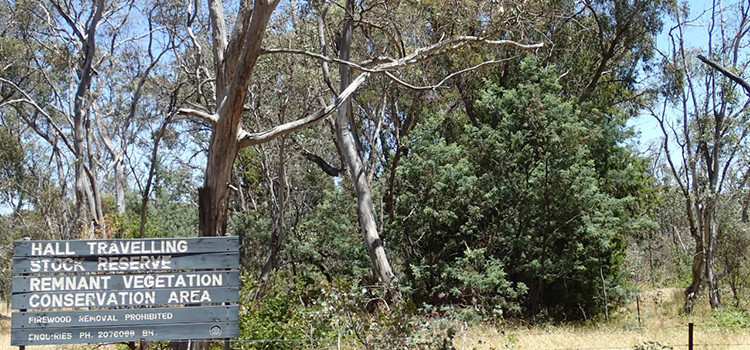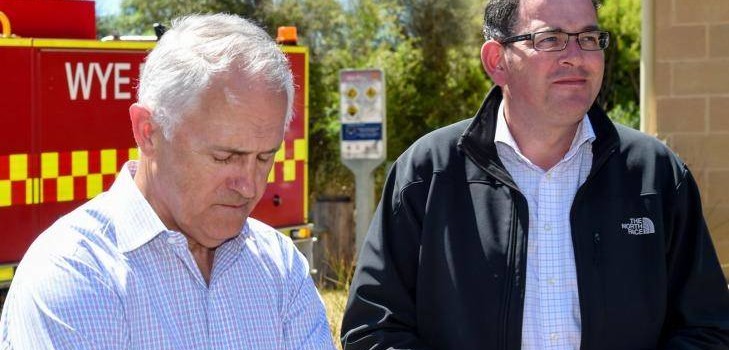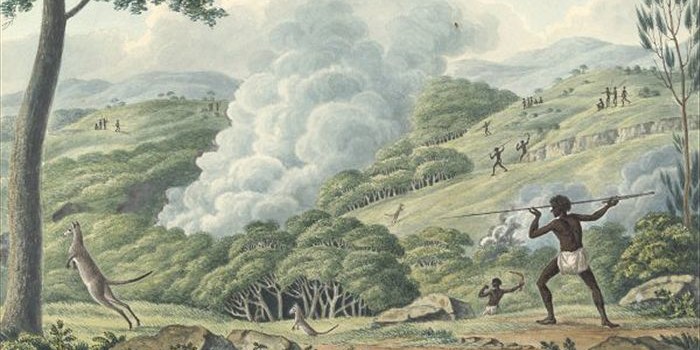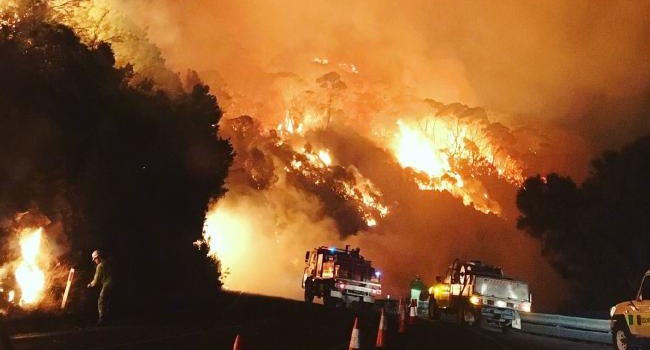An interesting letter from a former employee of the Department of Conservation and Land Management in WA (now Department of Parks and Wildlife).
His story concerns a fire in the nature reserve at Mount Manypeaks, located about thirty kilometres east of Albany on the WA south coast. This is considered one of the State’s most important reserves, being home to the Noisy Scrub-bird (Atrichornis clamosus), one of our most endangered species. The Noisy Scrub-bird (NSB) was for many years considered extinct, but then a small remnant population was located at Two People’s Bay nature reserve in the 1960s. From here, birds have been successfully translocated to several suitable locations, including Mt Manypeaks, and this in time became the principal population of the species. Since they were originally rediscovered within bushland that had been long-unburnt, wildlife scientists concluded that the bird (which is ground-dwelling) would only survive if fire was permanently excluded from its habitat.
Fire exclusion thus became the policy for all reserves in which the noisy scrub-bird occurred.
The Noisy Scrub-bird (Atrichornis clamosus)







